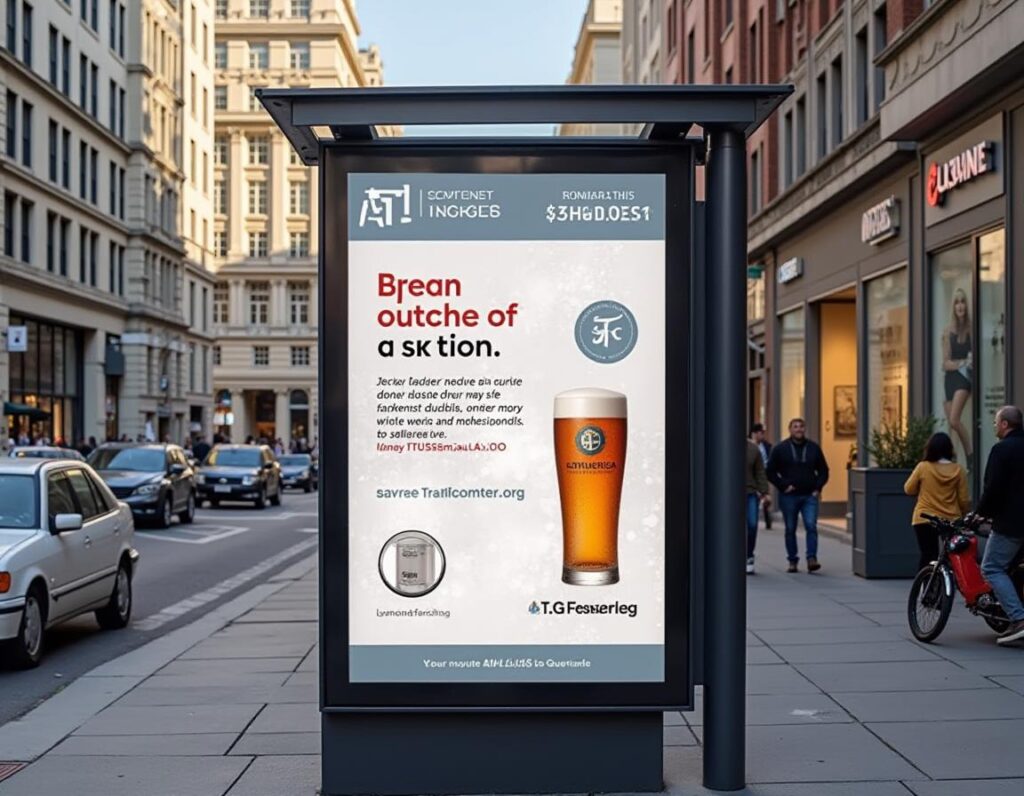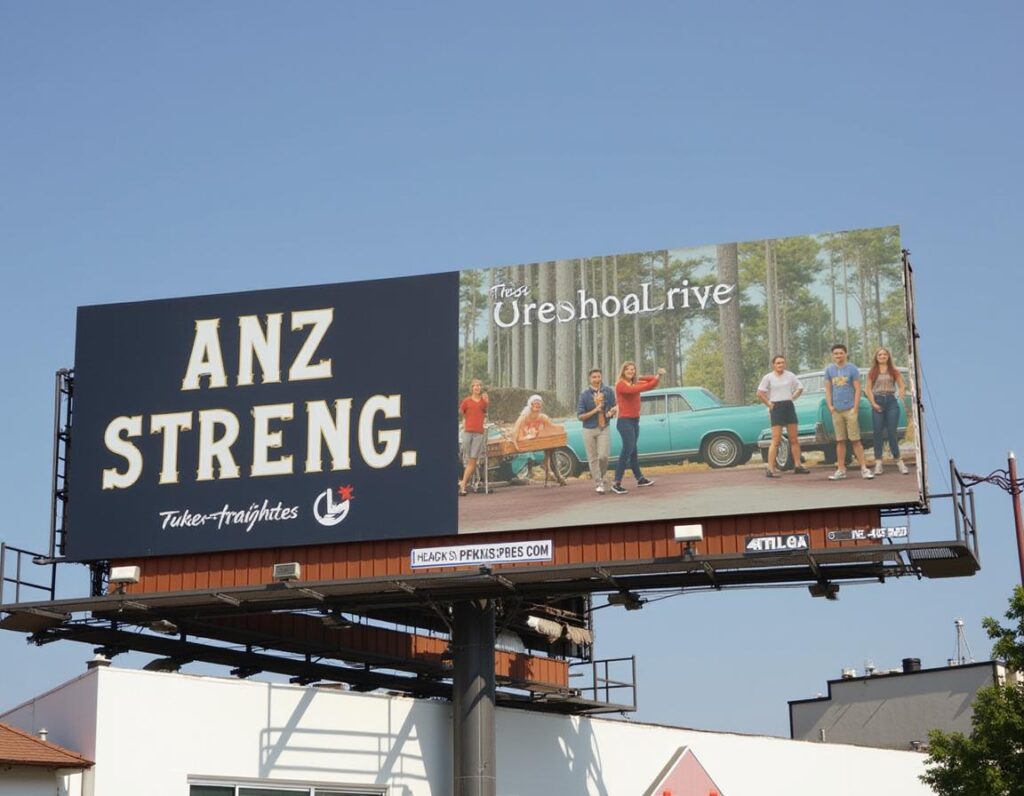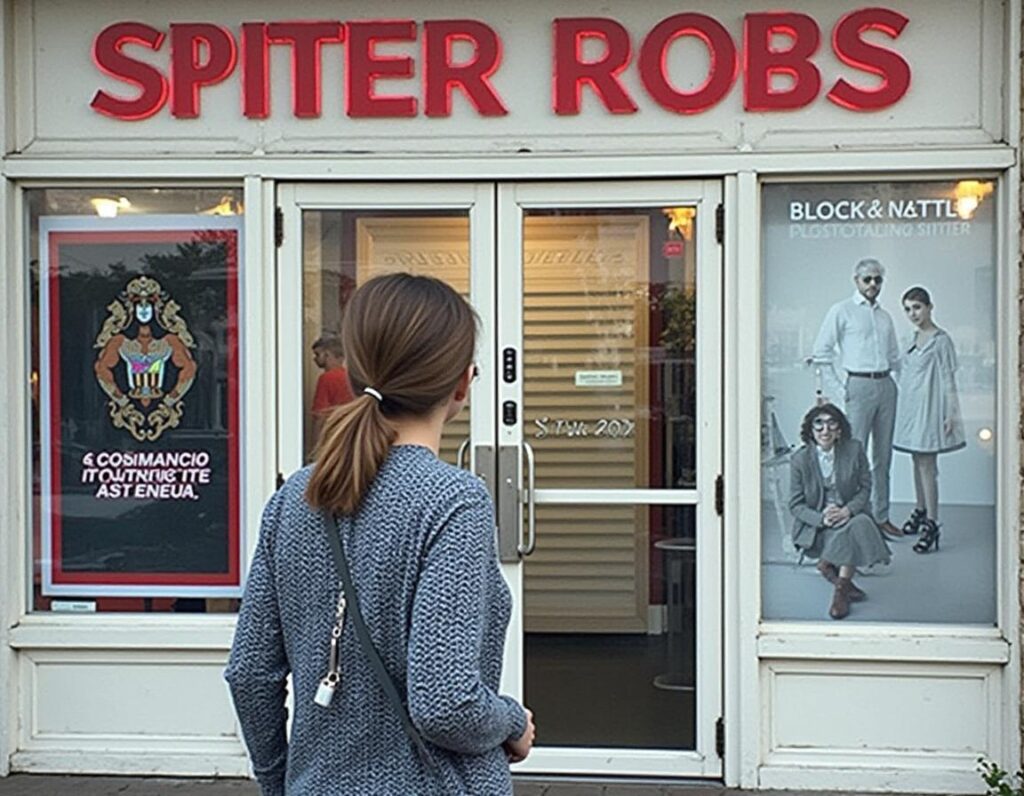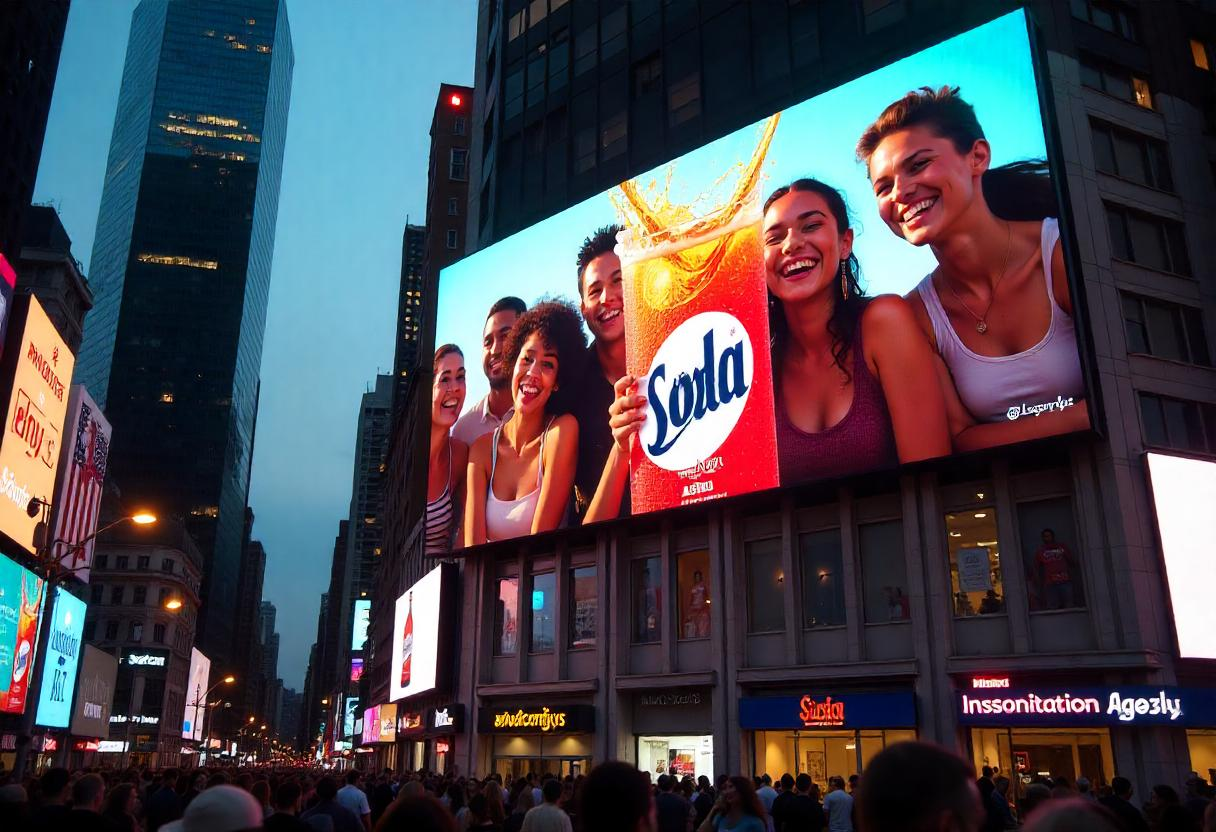Want to really stand out in your marketing game? ATL advertising is the way to go! Also known as Above the Line advertising, it includes strategies and channels that help you reach a massive audience, boosting brand awareness and driving real engagement. In this guide, we’ll break down what ATL advertising is all about, share some successful examples, and highlight the channels that make this approach so effective.
ATL advertising uses mass media to promote brands and products to a large audience. It focuses on broad outreach rather than targeting specific individuals or groups. By using ATL strategies, businesses can enhance brand recognition, build a strong brand identity, and connect with a ton of potential customers all at once.
When it comes to ATL advertising methods, there are plenty of impactful options. Think TV commercials, radio spots, billboards, and print media like newspapers and magazines. These techniques rely on creative storytelling, eye-catching visuals, and persuasive messages to grab consumers’ attention and make a lasting impact.
With the rise of digital media, ATL advertising has also expanded to include online channels like YouTube pre-roll ads, banner ads on popular sites, and social media advertising on platforms like Instagram and Meta, as well as influencer partnerships. This shift into the digital world allows brands to leverage technology and reach a wider audience with targeted precision.

Above The Line advertising is a powerful asset in any marketing strategy, giving businesses the tools to make a memorable impact on a large scale. By mixing up your advertising tactics and incorporating ATL methods and channels, you can connect with a broader audience.
Digital Marketing in ATL Advertising
Digital marketing plays a crucial role in ATL advertising, enhancing its reach and impact in the online world. By using various digital marketing techniques, brands can engage with their target audience in a more personalized and interactive way. Here’s a look at the main elements of digital marketing within ATL advertising:
Overview of Digital Marketing Techniques Linked to ATL Advertising
- Display Advertising: Display ads are a widely used digital marketing tactic in ATL advertising. These ads show up on websites, apps, and social media, delivering brand messages to a broad audience.
- Social Media Advertising: Platforms like Facebook, Instagram, Twitter, and LinkedIn offer brands a strong way to engage with their audience through targeted ads. Social media advertising can be highly customized to reach specific groups.
- Search Engine Marketing: SEM focuses on enhancing a brand’s online visibility in search engine results pages (SERPs). It includes both paid search ads and search engine optimization (SEO) strategies to boost website traffic and conversions.
Digital marketing strategies combined with ATL advertising bring a ton of advantages and boost overall effectiveness:
- Broader Audience Reach: Digital platforms let brands connect with a huge global audience, breaking through geographical limits.
- Targeted Advertising: With digital marketing, brands can hone in on specific audience segments based on demographics, interests, and behaviors. This precise targeting ensures that messages hit the right people at the right moment.
- Trackable Results: Digital marketing allows brands to track the success of their advertising through various metrics like impressions, clicks, conversions, and cost-per-acquisition. This information helps refine campaigns and use resources wisely.
- Personalized Interaction: Digital marketing encourages personalized communication between brands and their audience, promoting two-way engagement and fostering customer loyalty.
In summary, blending digital marketing with ATL advertising boosts brand visibility, effectively engages target audiences, and drives the results brands want. It works hand-in-hand with traditional advertising methods, creating a well-rounded marketing strategy.

The Shift from ATL Advertising to Digital Marketing
When it comes to getting the word out and building brand recognition, ATL advertising has been the classic choice for marketers for ages. But lately, digital marketing has stepped up as a strong rival.
ATL Advertising and Its Traditional Techniques
ATL advertising mainly relies on traditional methods like TV commercials, radio spots, print ads, and billboards to share brand messages. These tried-and-true techniques have been essential to marketing for many years and can reach a broad audience.
- TV Commercials: TV ads are great for grabbing attention with eye-catching visuals and compelling stories. They help brands stick in viewers’ minds. On the downside, they can be pretty pricey to create and air during peak times.
- Radio Spots: Radio ads have a unique charm for listeners. They use sound and voice to create a personal connection. Plus, they’re generally more budget-friendly than TV commercials, making them a popular pick.
- Print Ads: Print ads include newspapers, magazines, and other physical media. They provide a tangible feel and are often viewed as more credible. However, their effectiveness is waning as digital media takes over. Advertorials are becoming a trendy way for brands to connect with their audience through traditional outlets like newspapers.
- Billboards: Billboards are those big outdoor ads that catch your eye while you’re out and about. They offer great visibility in key spots but have a short window to get the message across. Also known as hoardings, many now feature motion graphics to grab attention and enhance recall.
Pros and Cons of Different Advertising Approaches
ATL advertising techniques come with their own set of benefits and drawbacks.
- TV Commercials: They can reach a large audience and make a strong impression, but creating high-quality ads can be really expensive for smaller companies. Plus, many viewers have learned to ignore ads, making it tough to grab their attention.
- Radio Ads: These are budget-friendly, but since they only use sound, they lack the visual creativity that can make an ad pop. It can be tricky to get complex brand messages across with just audio.
- Print Ads: Print can build trust and stick around longer, but it can’t keep up with the fast-paced and interactive nature of digital media. Plus, with fewer people reading print these days, it’s harder to connect with a wide audience.
- Billboards: They’re great for visibility, but there’s not much room to share detailed brand messages. People only have a few seconds to see the ad, so it’s important to keep the message short and powerful.
Traditional ATL advertising has been a key part of marketing for a long time, helping brands connect with a broad audience. However, the growth of digital marketing has opened up new ways to engage with consumers. By weighing the pros and cons of both traditional and digital methods, marketers can choose the best strategies for their campaigns.
The Impact of ATL Advertising on Brand Awareness
When it comes to boosting brand awareness, a well-crafted ATL advertising campaign is super important. ATL, or Above the Line advertising, includes traditional promotional methods like TV, print, and radio ads. Let’s dive into why ATL advertising is key for brand awareness and why it should be a must-have in any marketing plan.

The Role of Brand Visibility and Recognition through ATL Advertising
A major goal of ATL advertising is to enhance brand visibility and recognition across a large audience. By utilizing popular platforms like TV and print, companies can reach potential customers who might not be engaged with online channels. With eye-catching visuals and engaging messages, ATL advertising helps establish a strong brand identity that connects with consumers.
Expanding Reach and Building Brand Equity
ATL advertising allows businesses to reach a wider audience. By appearing on popular TV channels or in well-known magazines, brands can engage with potential customers who might not have discovered them otherwise. This increased exposure not only boosts brand awareness but also contributes to building brand equity, fostering trust and loyalty among consumers.
ATL Advertising and Mass Communication
Mass communication is crucial for the success of ATL advertising campaigns. It allows brands to reach a huge audience all at once through various mass media channels, making it a perfect match for advertising strategies.
By utilizing mass media channels, ATL advertising can connect with a wide range of consumers simultaneously. Platforms like television, radio, and print media enable brands to deliver their messages to a large audience effectively.
Television remains a go-to option for ATL advertising due to its broad reach. Ads shown during peak viewing times can grab the attention of millions, leaving a significant impression on how consumers view the brand.
Radio is still a strong player in mass communication. It can target specific groups and engage listeners with catchy jingles and engaging voice-overs, making radio ads a great way to reinforce brand messages.
Print media, such as newspapers and magazines, also plays a role in the mass communication side of ATL advertising. By placing ads in popular publications, brands can boost their visibility among a wide audience.
The impact of mass communication on ATL advertising is substantial. It enhances the effectiveness of advertising by spreading brand messages to a diverse audience. Through these channels, advertisers can shape consumer perceptions, foster brand loyalty, and establish a memorable presence in the minds of consumers.
Additionally, mass communication influences the advertising landscape as a whole. Big advertising campaigns often become part of popular culture, affecting societal norms and values. By using mass communication strategies, ATL advertising can create a lasting impact, leading to greater brand recognition and customer loyalty.
Thank you for taking the time to read this blog! If you found it helpful and want to stay connected, feel free to reach out via the contact form or connect with me on LinkedIn.
Have any suggestions or objections? I’d love to hear from you! Drop an email at ask@navnishbhardwaj.com — your feedback helps me improve and grow!


